National Audio-Visual Conservation Center
A bunker "with enough U.S. currency to replenish the cash supply east of the Mississippi" in the event of nuclear war now protects nitrate film.
Between 1969 and 1988, the United States Federal Reserve stored billions of shrink-wrapped dollars in a facility lined with 12-inch thick concrete walls, reinforced by steel, and buried nearly four feet underground.
The stash was preserved as a precautionary measure, to rehabilitate the dollar supply east of the Mississippi River in the event that the East Coast was demolished by a nuclear bomb. Before it was purchased in 1997 with the consent of Congress by the David and Lucile Packard Foundation, it was used as a “continuity of government” shelter, designed to house and feed 540 people for 30 days in case of a catastrophe.
The bunker now resides under the National Audio Visual Conservation Center. The Center, which was completed in 2008, was funded by $150 million from the Packard Humanities Institute and $82.1 million from Congress. It houses a seemingly endless supply of archives and audio visual technologies. Millions of items, including film, video and sound recordings, are preserved here, like a high-tech storage locker for the nation’s culture. Of these millions of items, some are so flammable they are kept in the vaults of a former Federal Reserve nuclear bunker.
The center is 15,000 square feet, has over 90 miles of shelves for collectibles, 35 temperature-controlled storage rooms for sound recording, safety film, and videotape, and 124 vaults for the storage of flammable nitrate film. Part of the mission is to preserve original camera negative and prints from films produced before 1951, when nitrate film stock was in use. Cellulose nitrate is incredibly flammable, but was the base material for motion picture film going back to the 1880s.
Disastrous fires from self-ignited film were not uncommon, and can still happen with nitrate materials today. Conditions of temperature, humidity and specific storage techniques are strictly adhered to for any nitrate, including the Library’s thousands of reels housed at the bunker in Culpeper, Virginia.
The history of the Library’s Packard Campus goes back to the menacing and heady days of the Cold War. In the mid-1960s the Federal Reserve, worried about the money supply in the event of a nuclear disaster, initiated plans to keep the economy afloat and store billions of dollars in cash. They needed a place that could withstand a blast and continue to operate through months—or even years—of nuclear fallout.
With the solid bedrock and high vantage point of a Culpeper hillside known as Mount Pony, the site was chosen to build a vast underground bunker. Included in the subterranean structure were 124 concrete vaults, “radiation-hardened” and steel-reinforced, to safeguard thousands of pallets stacked with money (which, oddly, was mostly in two-dollar bills).
From 1969 to 1988 the literal money pit quietly went about its business, until it was finally decommissioned in 1992, and in 1997 was emptied out and put on sale as a “High Security Office and Storage Facility”.
A joint effort between Congress and the Packard Foundation (as in Hewlett-Packard) enabled the sale of the property to the Library, and also covered the $200 million dollar price tag to convert it into one of the world’s great preservation complexes. With nuclear-proof vaults already in place, the Library had a place to store its volatile film stock and keep it safe. As safe as nitrate can be anyway.
Know Before You Go
The vaults are not open to the public, but the Packard Campus has a movie theater with free public screenings, including some nitrate prints. Generally the shows are on Thursday, Friday and Saturday nights at 7:30, and a matinee on Saturdays at 2:00. The Campus is about 75 miles southwest of Washington, DC and 45 miles northeast of Charlottesville. Click on the website above for the show schedule and directions to the Campus.
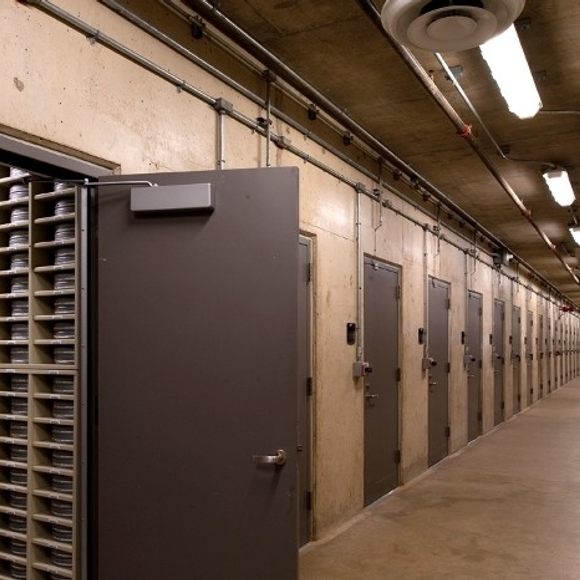


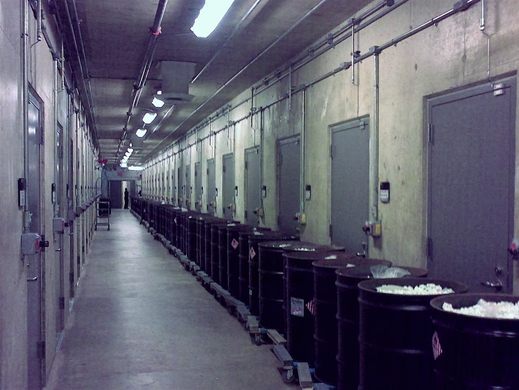
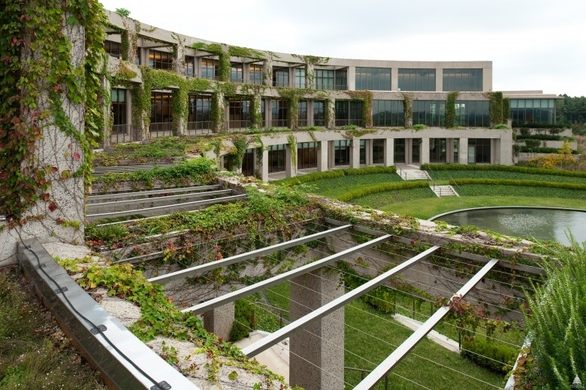
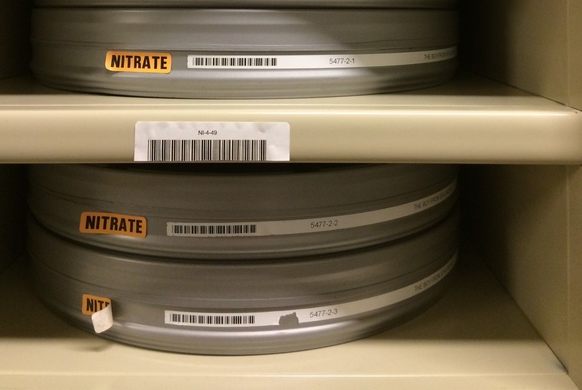

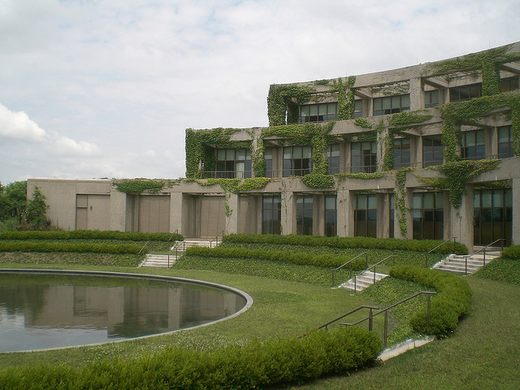



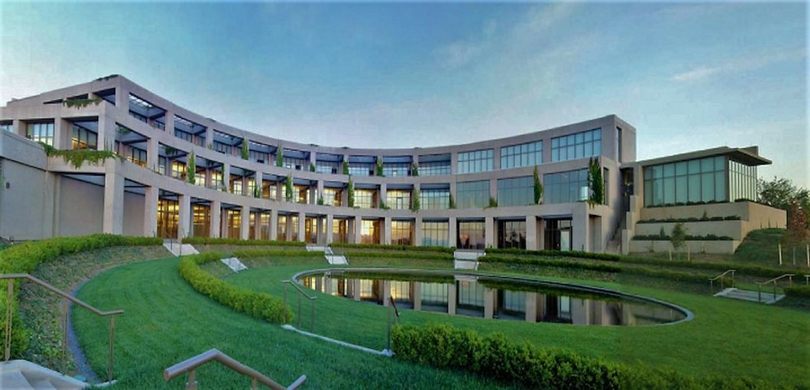












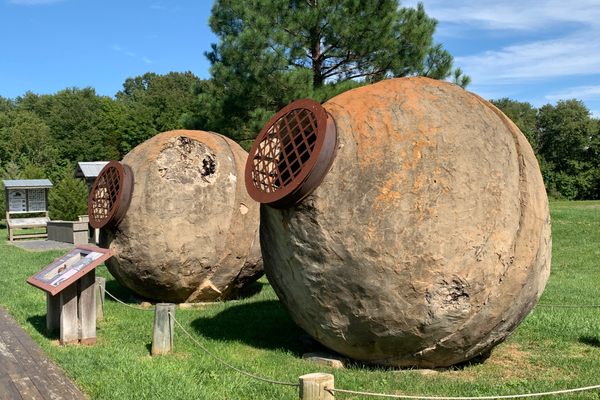





Follow us on Twitter to get the latest on the world's hidden wonders.
Like us on Facebook to get the latest on the world's hidden wonders.
Follow us on Twitter Like us on Facebook